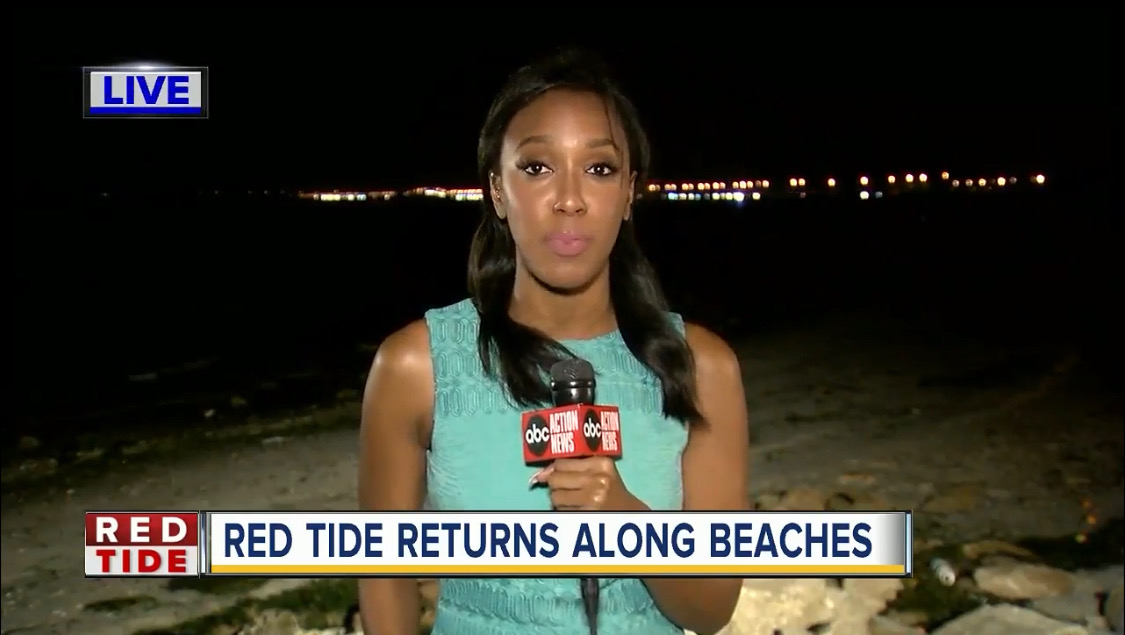The Red Tide algae bloom that had floated away from shore in November has returned near the beaches of Sarasota and Manatee counties. However, scientists say that the government shutdown is making it harder to track where the toxic algae is and where it might go next. You see, the federal scientists who were helping analyze data and produce forecasts aren’t working in their labs and according to Barb Kirkpatrick, algae bloom expert and executive director of the Gulf of Mexico Coastal Ocean Observing System Regional Association, “it takes a village.”
“Rick Stumpf, a scientist from the National Oceanic and Atmospheric Administration’s Center for Coastal Monitoring and Assessment in Silver Spring, Md, leads a group who use satellites to collect imagery of the gulf and then interpret the imagery. The satellites can spot where concentrations of the algae are growing in the Gulf.”1
Before the shutdown, Stumpf sent out weekly reports on his team’s analysis of the satellite images to state and local government officials. But that’s no longer happening.
RELATED STORY:
RELATED STORY:
“A part of studying Red Tide is sending underwater gliders — drones that operate like submarines — out to sample for Red Tide algae below the surface. Kirkpatrick said her organization is working with the Florida Fish and Wildlife Conservation Commission, the University of South Florida and the National Oceanic and Atmospheric Administration on plotting out where to send those drones.
Another section of the same federal agency was investigating how Red Tide killed the dolphins that were washing up dead on Florida’s beaches. That effort is also on hold now.”2
Thankfully, a couple of the organizations involved in monitoring Red Tide are still operational:3
- Mote Marine Laboratory in Sarasota is still data gathering and analysis
- The Florida Fish and Wildlife Research Institute in St. Petersburg has continued water sampling and other Red Tide research efforts
The Red Tide bloom, perhaps the worst to hit Florida in a decade, is the first in 20 years to touch all three of Florida’s coasts. It has driven tourists and swimmers away from our beaches, affected waterfront real estate sales, and been blamed as the cause for at least one dog death as well.
RELATED STORY:
A climate change report four years ago predicted that as the climate warms, Florida would see more frequent and intense Red Tide blooms. It’s unfortunate we didn’t listen then.
RELATED STORY:
I wonder, when will we start?
SOURCE:












